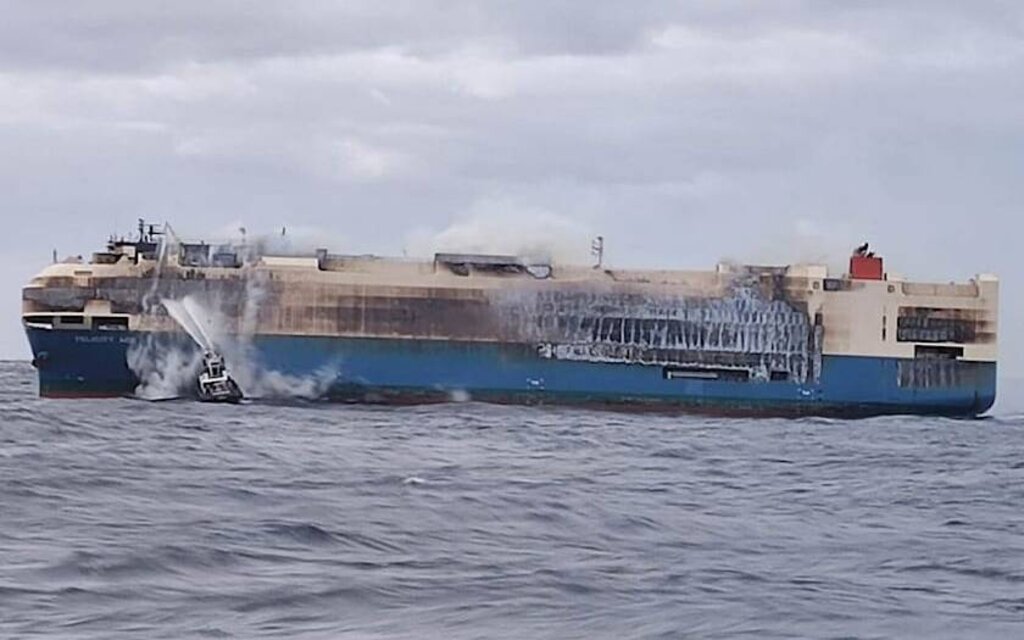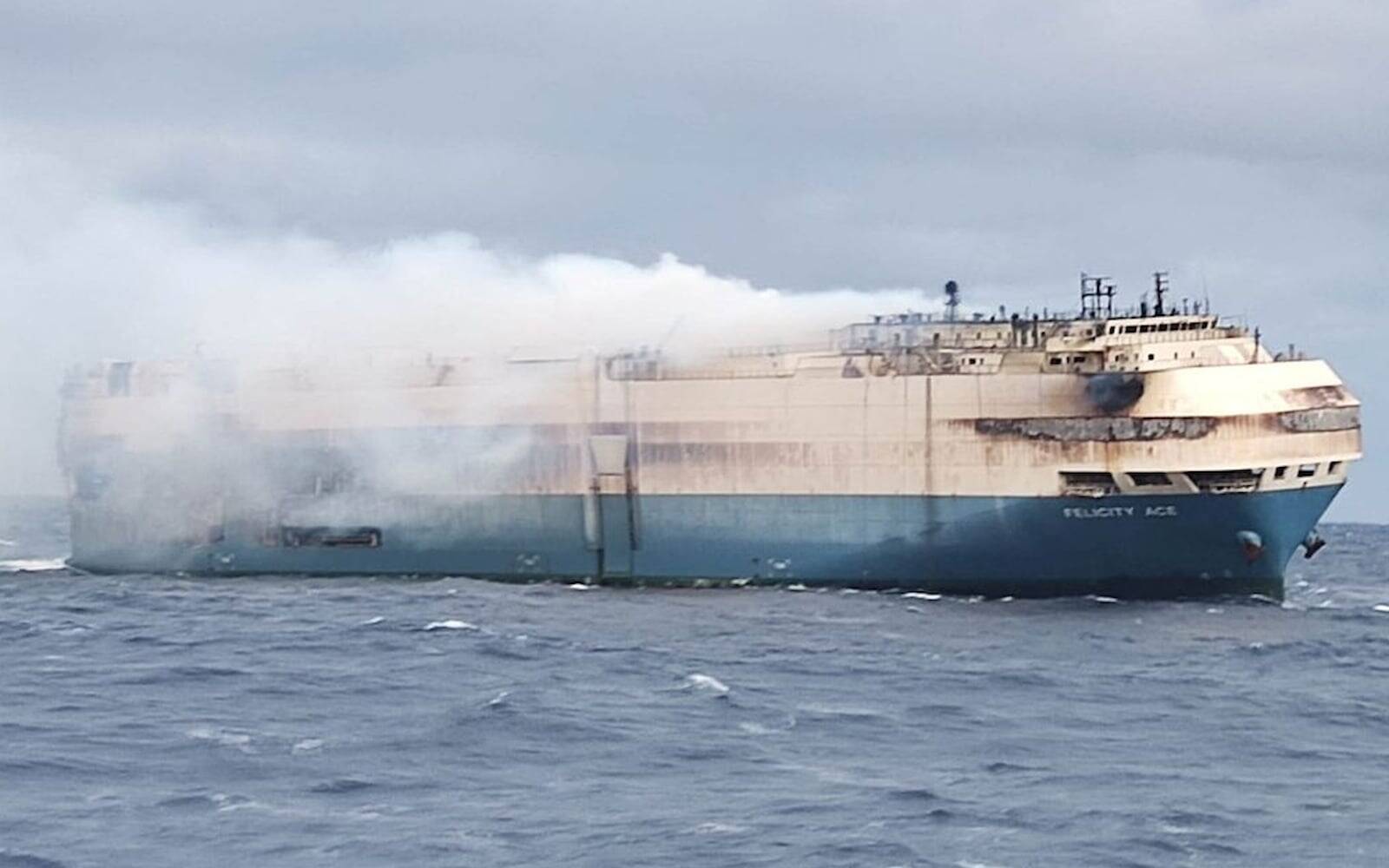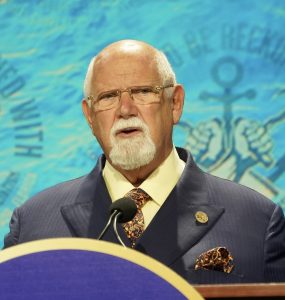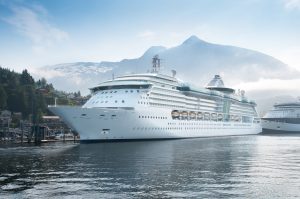The huge car carrier Felicity Ace was en route to Rhode Island when it caught fire in the Atlantic on February 16 and its crew abandoned ship with the help of the Portuguese Navy.
Since then, it’s been drifting off the Azores, a smouldering sight and global marine curiosity full of luxury Volkswagen Group automobiles, including Audis, Porsches and Bentleys.
It remains unclear what will happen to the Panamanian-flagged 200-meter vessel. Efforts to extinguish the fire are underway and a Dutch rescue team has been deployed to the Azores to work on the recovery of the boat.Too large to be brought to the Azores, Felicity Ace would have to be towed to mainland Europe if it is seaworthy once the fire is extinguished.
Of approximately 4,000 vehicles on board, an unknown number are fully electric. Although it is not clear if the lithium-ion batteries started the fire or if they caught fire due to the fire, one thing is certain, they require specialized equipment to be extinguished. According to a local port official in Faial, “the batteries keep the fire alive.”
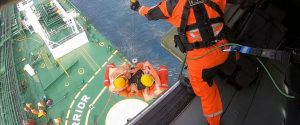
London law firm Watson Farley & Williams said in a recent report that although it is unclear whether electric vehicles are more likely than internal combustion vehicles to catch fire, it is clear that the consequences are potentially more disastrous and more difficult to manage if they catch fire.
“If crews are not aware that fighting an electric vehicle fire requires a different technique than fighting a conventional fire on board, it is easy to see how an incident could result in a total loss. Evidence indicates that current suppression and soaking systems will not be sufficient for this new risk, and new systems will need to be designed and incorporated into vessel design,” the law firm said, which is a major challenge.
Several well-informed sources estimate that damage to vehicles alone could reach more than $400 million. Photos courtesy of Portuguese Navy
